Old Italian Villas, Palaces, and Castles Are Being Transformed Into Luxe Rural Resorts

One villa, two villa, three villa, four… Italy is awash in ancient piles, rural villas and former royal estates, now as obsolete as rotary phones, that have seemingly all at once found new life as five-star hotels. In 2023 alone, Villa Fuiggi in Lazio and Villa Ardore and Pieve Aldina in the Chianti region have all opened. Next summer, Pensione America, one of the first villas ever built in the chi-chi Italian seaside town of Forte dei Marmi will make a splash.
For travelers and even agents this barrage of historic homes-cum-resorts poses a problem: namely how to tell one from the other. They are all historic. They have all been carefully restored. Moreover, they are all selling quiet luxury with local food, horse-riding and expansive countryside.
More from Robb Report
This Historic $26 Million Italian Villa Was Converted Into a Luxurious Ski Chalet
This New 8-Night Road Trip Through the Italian Countryside Was Inspired by the 'Ferrari' Movie
Why This Italian Bubbly Is the Wine World's Best-Kept Secret
“I don’t know how to tell them apart,” admits Marco Amorico, a co-owner of the luxury travel company Access Italy, which counts the likes of Oprah Winfrey among its clients. “We look at a lot of properties and there are a lot of old medieval towns that have been restored into hotels.”
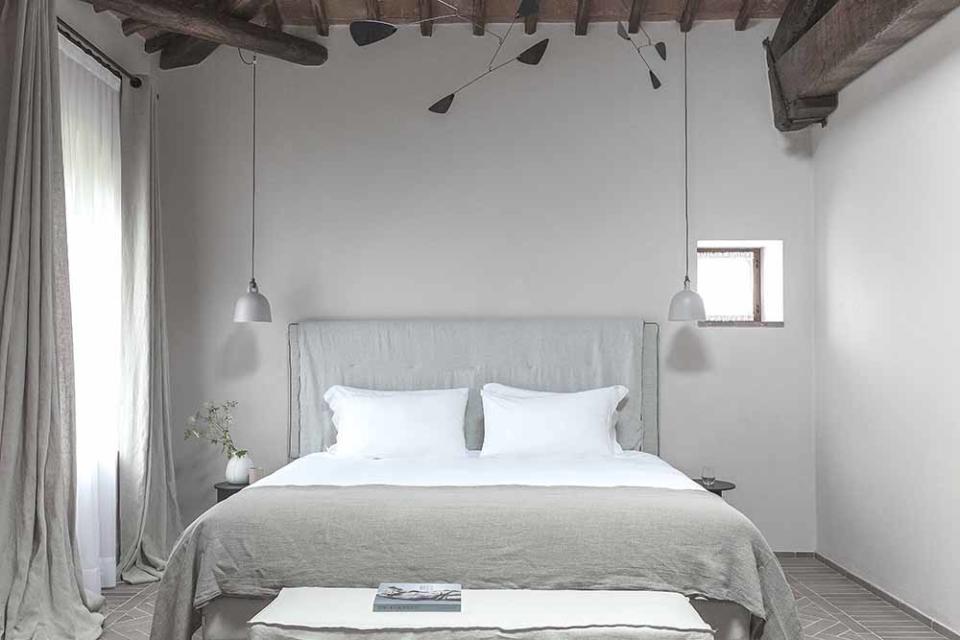
But, Amorico, says it’s no secret why so many grand Italian homes are opening their doors to overnight guests right now.
“The EU gives money to restore homes and grow crops,” he says. “It makes it attractive for people to invest because they know they can get a good return on that investment.”
Some municipalities, like Chiaromonte in Basilicata and Gangi, Sambuca di Sicilia, Delia, and Trina in Sicily, are famously selling old piles for 1 euro a pop. And there have been various favorable tax schemes available for foreign residents, ranging from a lump-sum tax for all foreign income for HNWI to a reduced tax of only 10 percent (in the southern provinces) on all income earned in Italy—say, from starting a hospitality business.
But there’s another reason that’s a bit more “Under the Tuscan Sun:” romance.
“It can be a passion project,” he says. “People fall in love with a place and put their money into it, like Monteverdi—a lawyer from Ohio bought the entire town.”
Less frequently, it’s a family affair—an effort by the heirs of old families to keep the lights on. One example is the massive Tenuta di Murlo estate in Umbria, which has been in the Carabba Tettamanti Radziwill family since the 16th -century. Carlotta Carabba Tettamanti, who married into the family some 20 years ago, helped lead the charge toward tourism. “When we got married, it was an agricultural property,” she recalls. “It wasn’t so profitable.” In fact, they did most of the work themselves because “we didn’t have much money.”
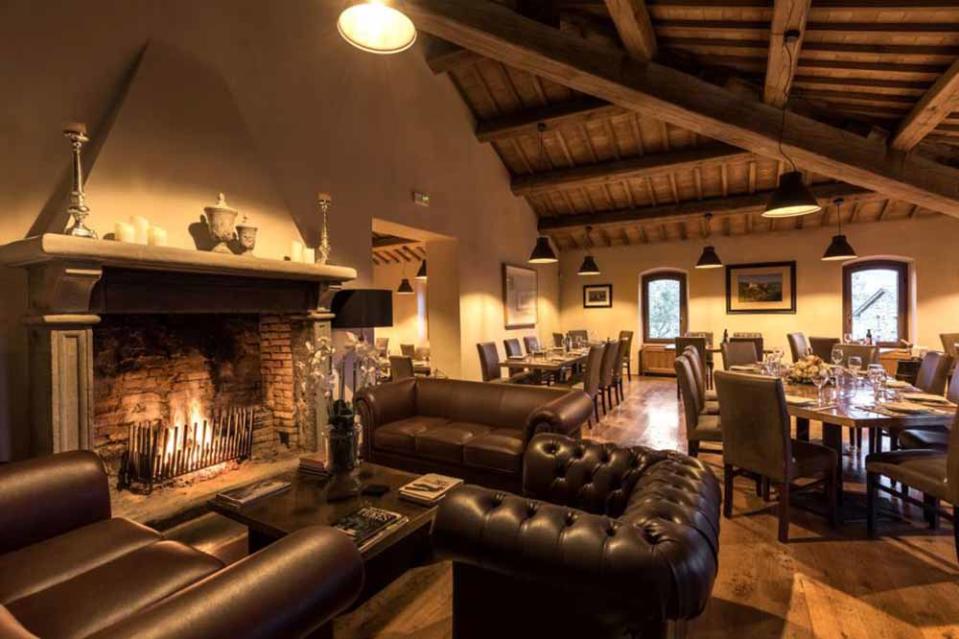
But millennial chatelains are savvy, unsentimental, and in a tight corner when it comes to finding the millions needed to keep up and pay tax on the family estate.
“The founders have wealth but they don’t have revenue,” explains Amorico. “By making something a tourist attraction, they’re turning a family asset into a producing asset.”
It’s nothing new. Owners of grand historic properties in Italy have been raising funds by handing over the keys to VIPs on the DL for decades, says Seth Snider of Your Private Italy, which specializes in exclusive villa rentals and their redevelopment. What has changed is visibility.
“The owners know each other, and they see what happens” in terms of revenue when they allow us to discreetly rent their properties—without making those listings public, says Snider. “I see more formerly off-market assets coming into the space all the time.”
But if you’re still struggling to decide, we’ve compiled a cheat sheet to the best estates in Italy.
Castello di Reschio: The aristocratic one
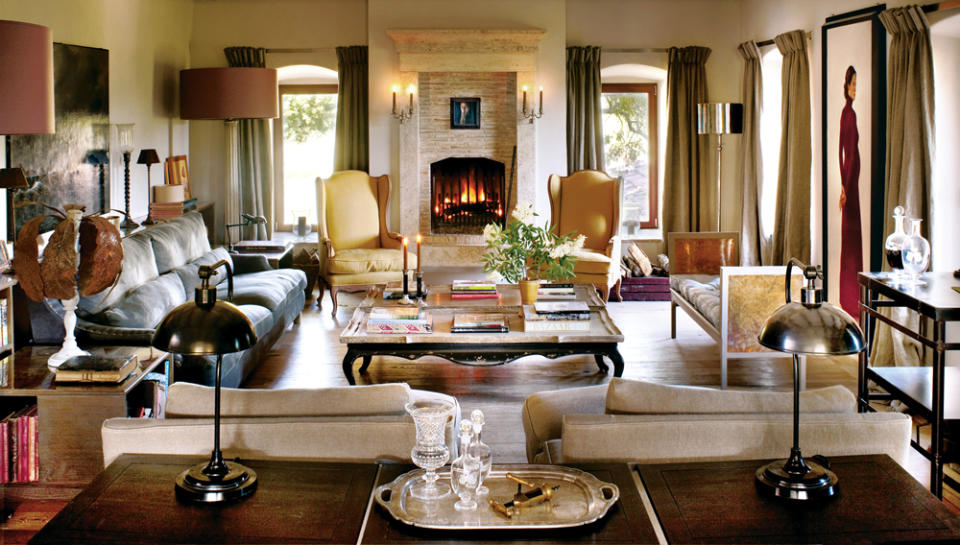
Archaeologists believe this Umbrian estate was once under Etruscan rule, and construction on the present castle is thought to have begun around the year 900. Centuries later—after passing through countless regal hands, including those of Charlemagne, the formerly ruined 11th-century castle and the eight farmhouses that surround it were brought back to life by Count Benedikt Bolza. Opened in 2021, there are 36 rooms and suites in the castle itself, and a 3,700-acre property that is home to private villa residences that are available for short-term rental. Others are currently in ruins but are for sale. Benedikt’s parents and their 40 magnificent dressage horses still live on the grounds.
Rooms from $950 per night. Private villas range from $4,212 to $6.550 per night.
Tenuta di Murlo: The one with the huge footprint
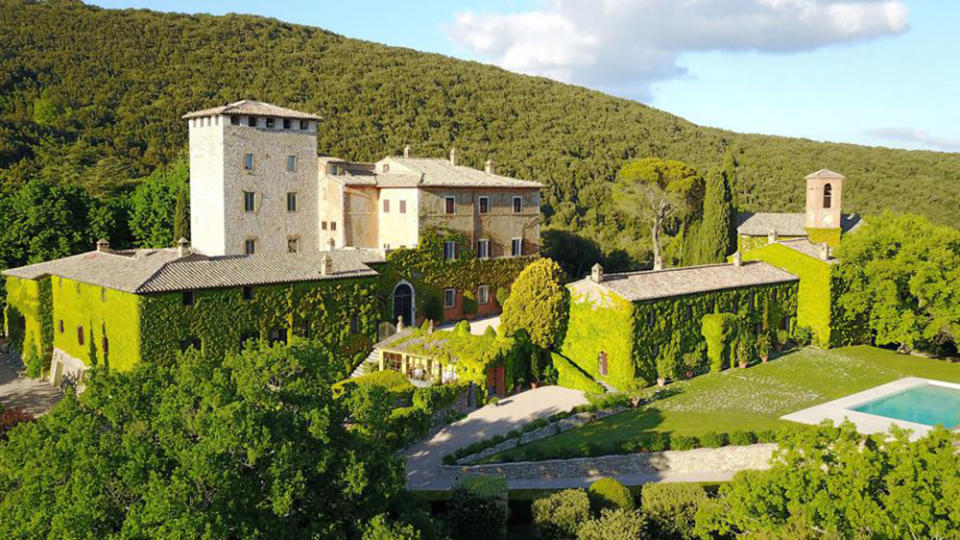
This estate in Umbria is staggeringly large—18,000 acres, which makes it bigger than Manhattan—and spans rolling hills, ancient forests, lakes, rivers, farmland, olive groves, and vineyards. It’s been in the Carabba Tettamanti Radziwill family since the 16th century, but in 2006, a new generation of the family, having restored some of the historic houses on the property, created nine well-separated villas and three hotel rooms. Since then it’s been expanded even further. “We wanted to show [this property to] people from all over the world,” says co-owner Carlotta Carabba Tettamanti. “We’re surrounded by nature, and it’s like it was in the Middle Ages.”
Rates range from $1,965 per night in Villa Molinella (the smallest of the villas) to $32,766 per night for the biggest villa, Ugolino (which sleeps up to 20).
Palazzo Fiuggi: The one to hit for a tune-up
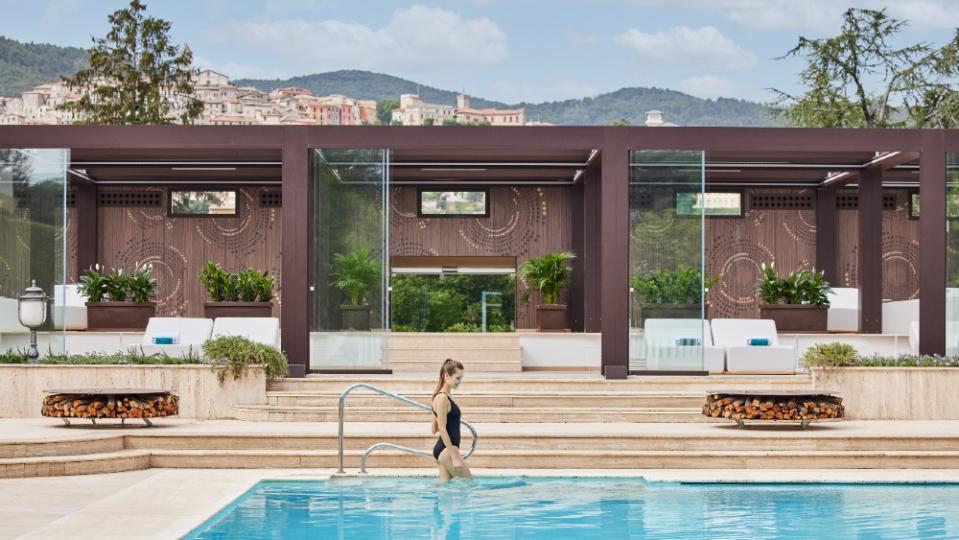
Opened earlier this year, this seven-bedroom private residence located between Rome and Naples is affiliated with the five-star Palazzo Fiuggi, a medical spa. And true to the brand comes stacked with wellness amenities, including a massive private garden; a spa with a sauna, Turkish bath, and treatment room; and a state-of-the-art gym.
From $10,922 per night.
Castel San Lorenzo: The one for discretion
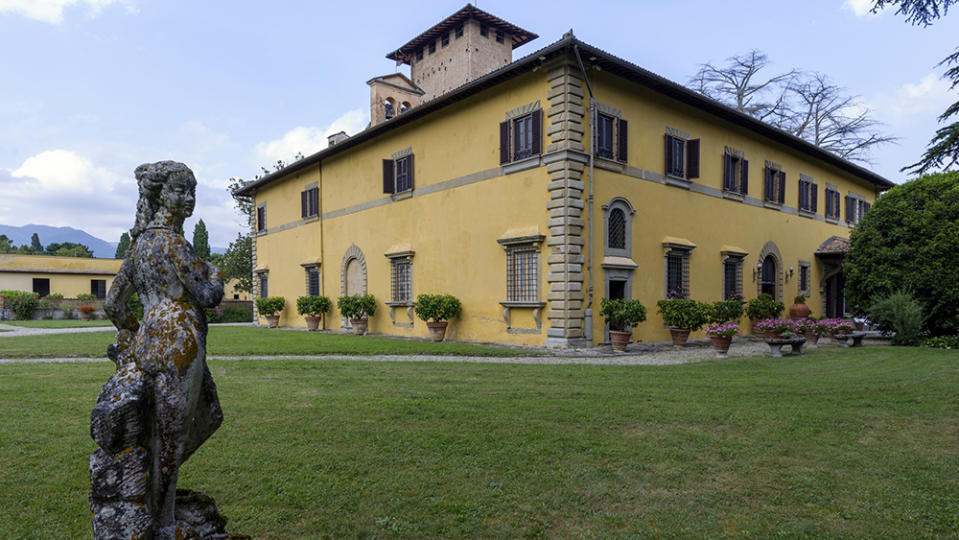
Opened in 2021, this 16th-century house in the less-visited Mugello area of Tuscany was big restoration project. The result is a fresh feeling in the 10 bedroom house and its 20-acre walled garden. The place feels like an undiscovered gem, according to Snider—one that combines Renaissance elements with refined furnishings, fine fabrics, marble bathrooms, and stylish suites. The property has a truffle hunting ground, an orangerie, an organic garden, and a heatable stone pool.
From $10,048 per night.
Pieve Aldina: The one from wine lovers
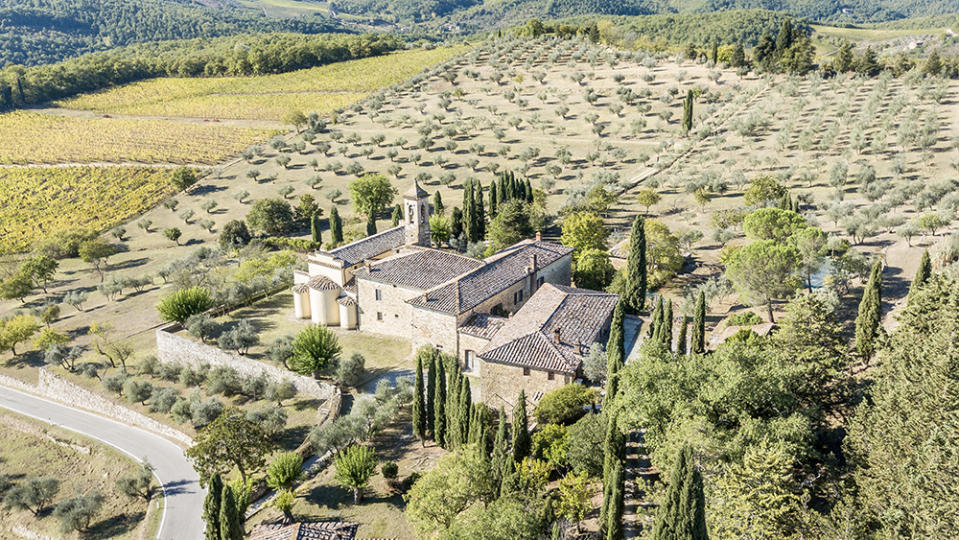
This new hotel in Chianti opened in July and is owned by the French Fontenille group, the people behind a collection of outstanding boutique hotels and villas around France. It’s surrounded by vineyards and olive groves and is a perfect stop over for those following the wine route between Florence and Siena. Access Italy’s Amorico says, “It’s a beautiful small hotel.” All 21 rooms and suites are unique and open onto the Tuscan countryside.
Rooms from $350, including breakfast.
Villa Zefira: The one near the action
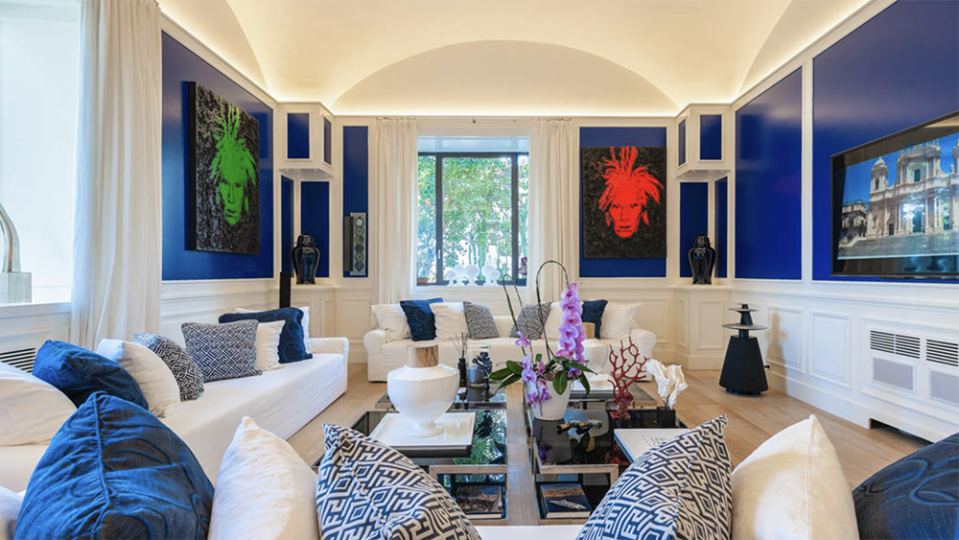
Opened in 2021, the five-bedroom Villa Zefira near the old town of Capri is stacked with modern amenities (and art). There’s a gym, a spa, king-size beds, a large heatable indoor pool, two outdoor pools, and terraces with views over the Bay of Naples and Mount Vesuvius. Although it has limited outdoor space, its location, just a five-minute walk from the Piazzetta and the center of Capri, is the (rather pricey) selling point.
Buyouts from $120,143 per week.
Villa Ercole: The virtuous one
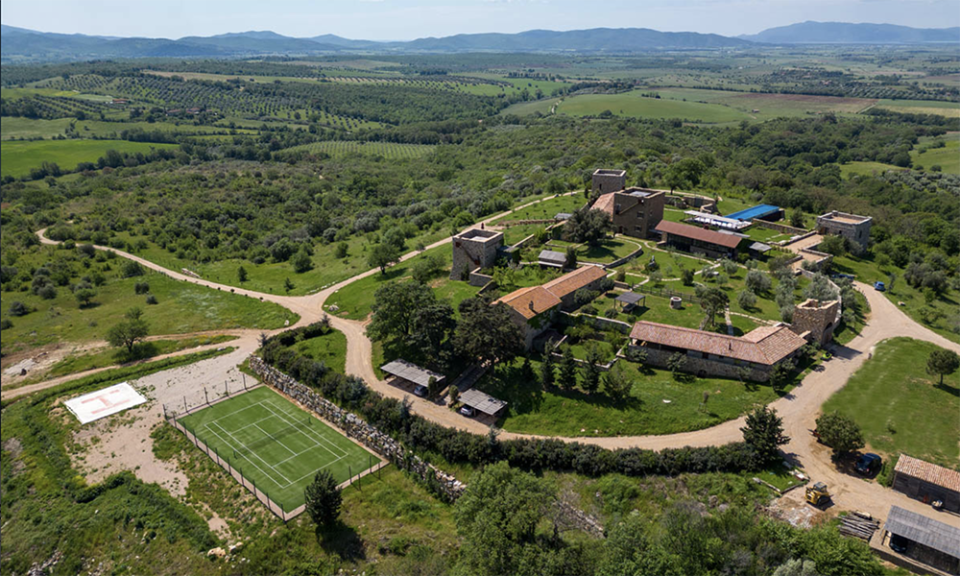
With its location in the Maremma hills just 20 minutes from the sea, Villa Ercole has stunning views over the Tuscan islands of Montecristo and Giglio. Opened in 2021, it was the result of restoration work on an ancient monastery that was done entirely using eco-friendly building materials. Its bedrooms can accommodate up to 18 guests in total, the infinity saltwater pool can be heated, and the property includes ancient vineyards, olive groves, and woodlands.
Buyouts from $98,299 per week.
Villa Passalacqua: The one that just won
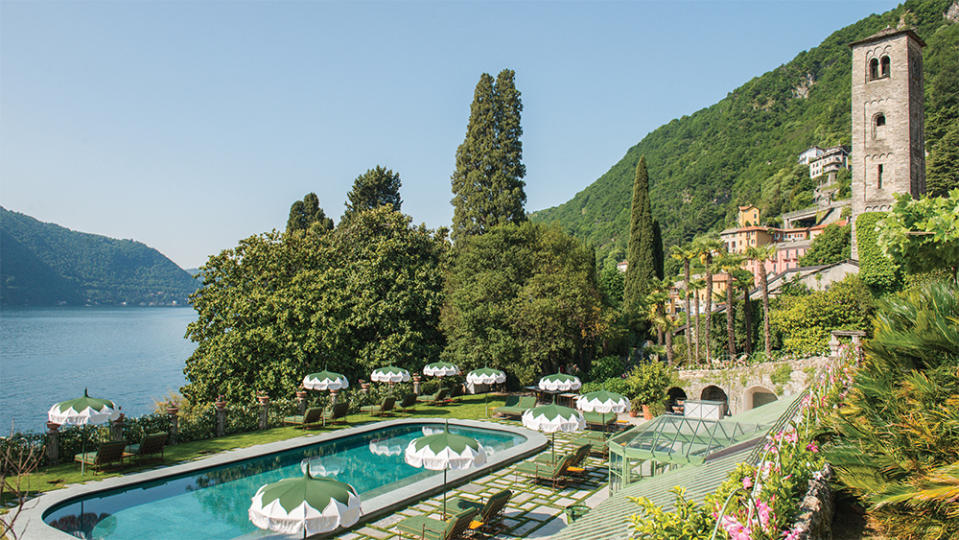
Opened in 2022 in Lake Como and one of Robb Report’s 50 Best Hotels in the World, Villa Passalacqua is another former residence turned into a beautiful hotel, this time by Valentina De Santis, the owner and CEO of the nearby Grand Hotel Tremezzo. This estate dates from the 18th century and is now a glamorous confection of shimmering silk, delicate stucco, more than 20 types of marble, Venetian terrazzo flooring, gleaming chandeliers Fortuny lampshades, and Murano candelabras.
Rooms from $1,638.
Villa Ardore: The one with passion
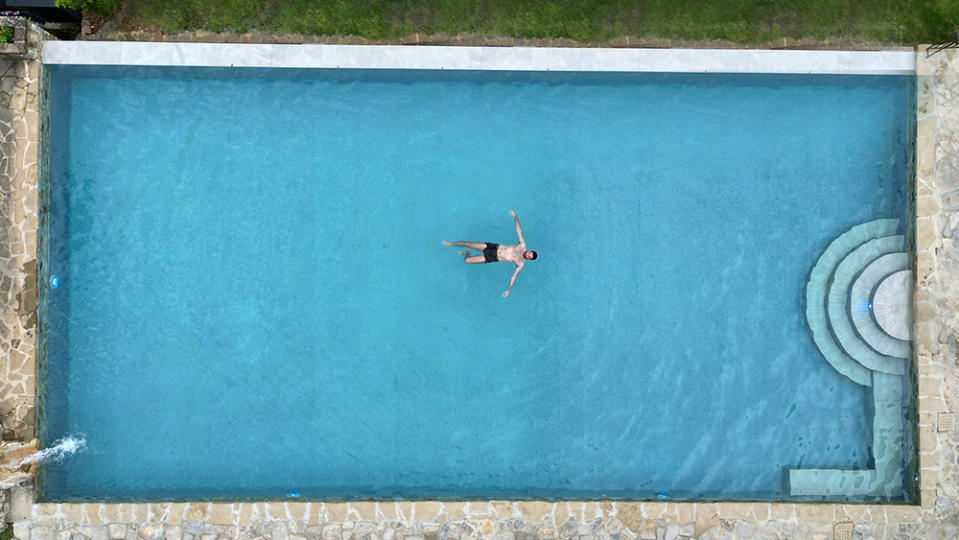
Los Angeles–based owners Christian Scali and Stephen Lewis transformed a 16th-century eight-bedroom farmhouse in the Chianti region into the home of their dreams. They opened it to the public earlier this year. Their original plan had been to enjoy it in their retirement, but then they “thought it would be a shame to hog all this beauty to ourselves,” says Lewis. “We wanted to share.” They worked with leading Florence architect Massimo Pieratelli to bring the project to fruition, and Villa Ardore—the name means “loving passion”—was born a few months ago. “It’s invisible luxury,” says Lewis, noting that the architect’s idea was to let the house speak for itself. Rather than a threadbare country house or a high-luxury hotel, the villa underwent a “gentle restoration that preserves its appearance but makes it viable as a modern home.”
Buyout from $7,028 per night.
Best of Robb Report
The Ultimate Miami Spa Guide: 15 Luxurious Places to Treat Yourself
The 7 Most Insanely Luxurious Spas in the World, From Tokyo to Iceland
17 Reasons the Caribbean Should Be at the Top of Your Travel Itinerary
Sign up for Robb Report's Newsletter. For the latest news, follow us on Facebook, Twitter, and Instagram.

